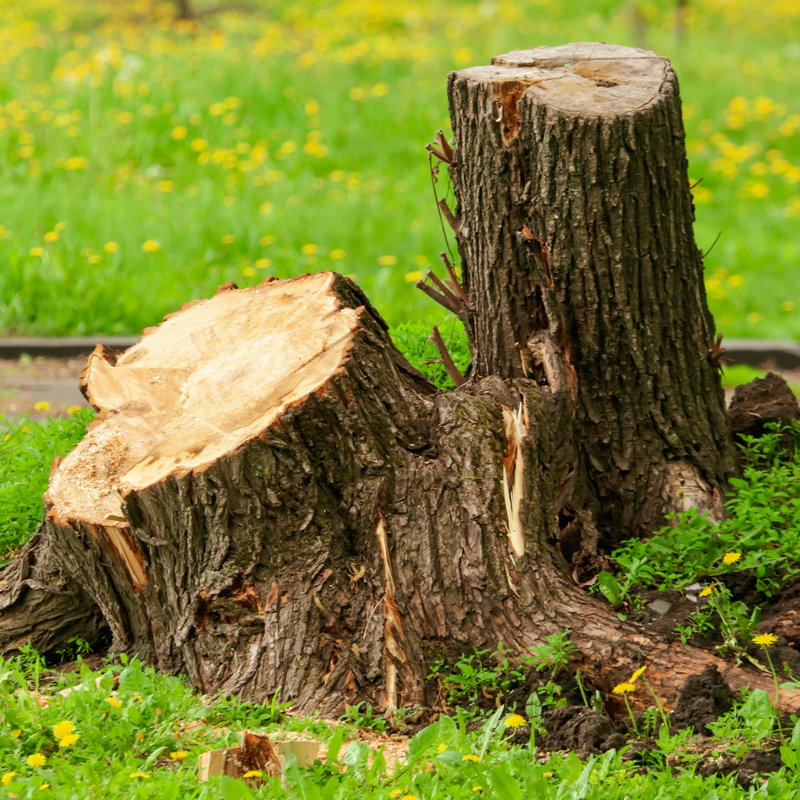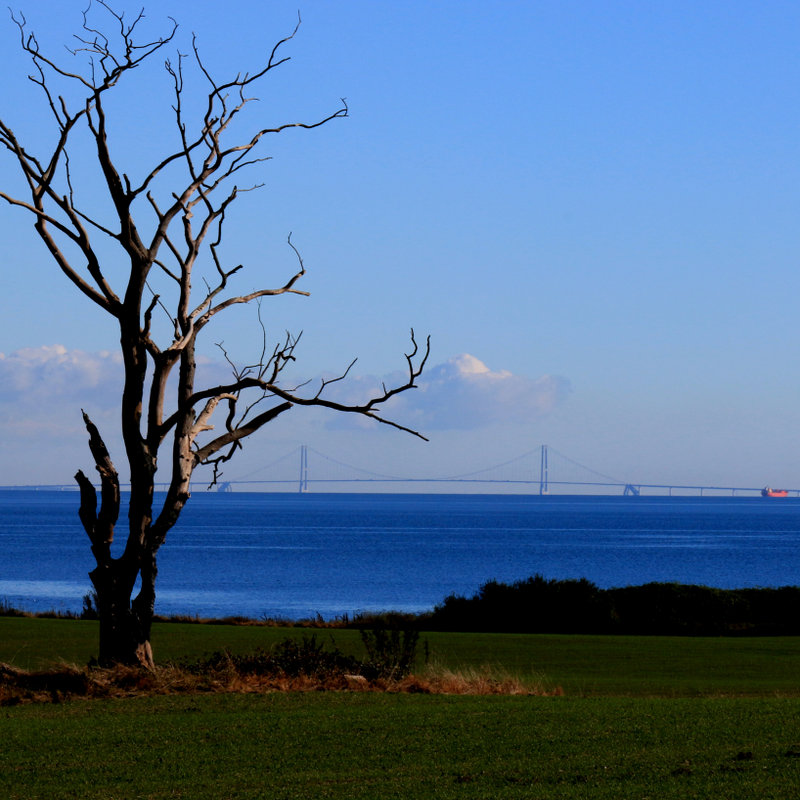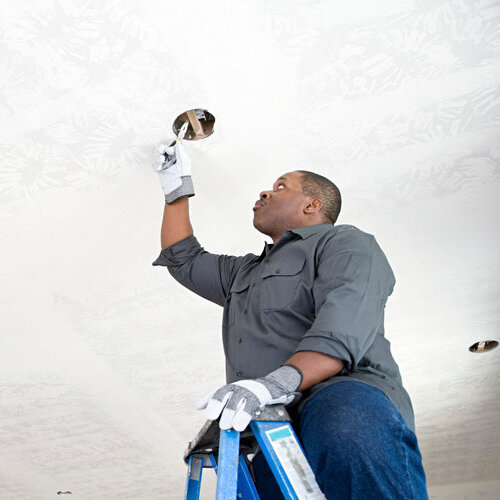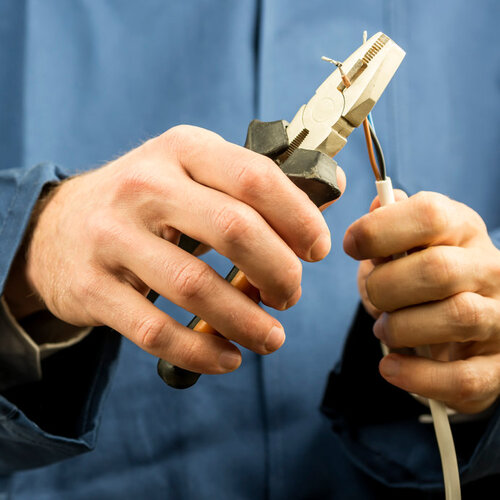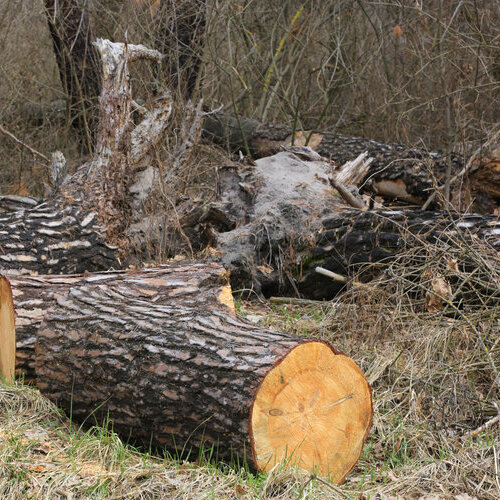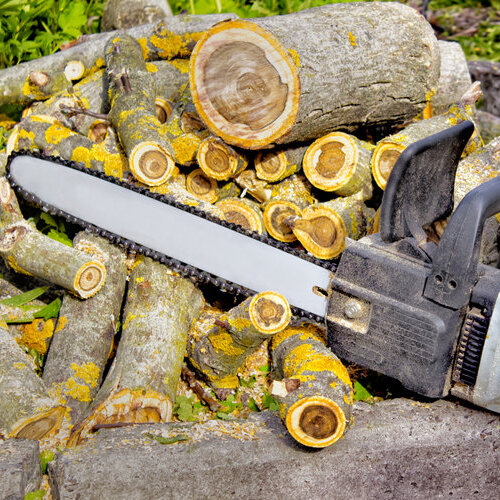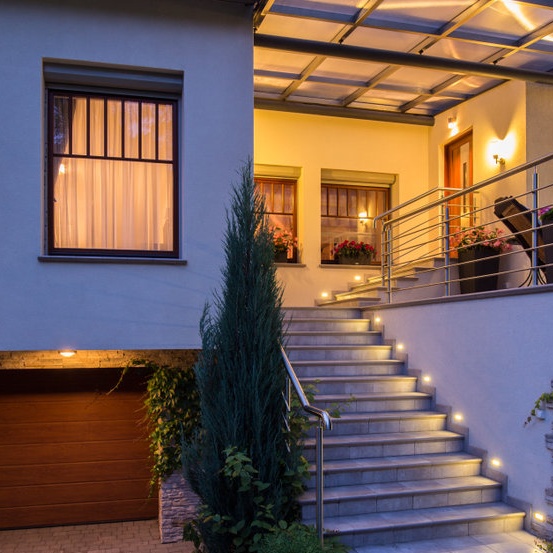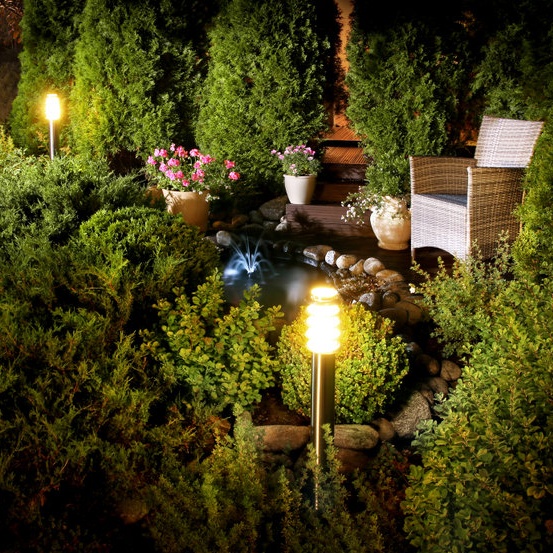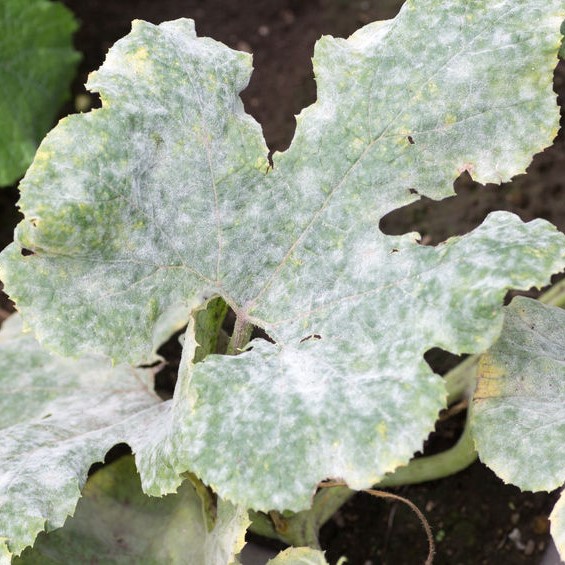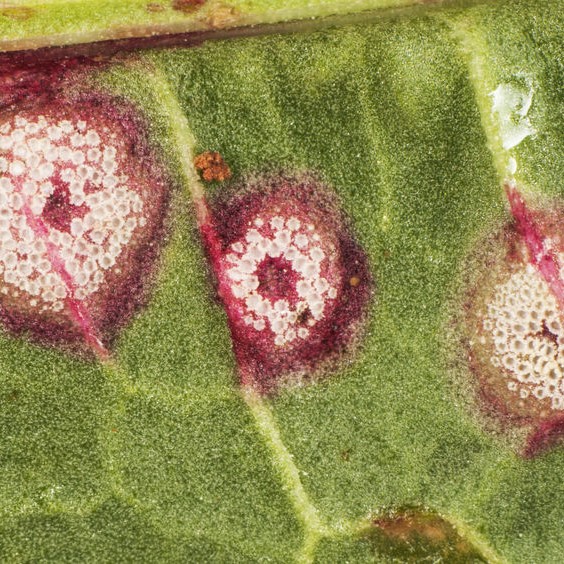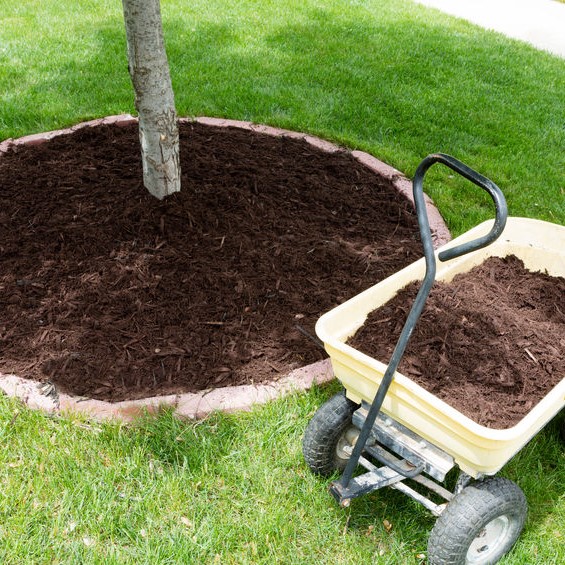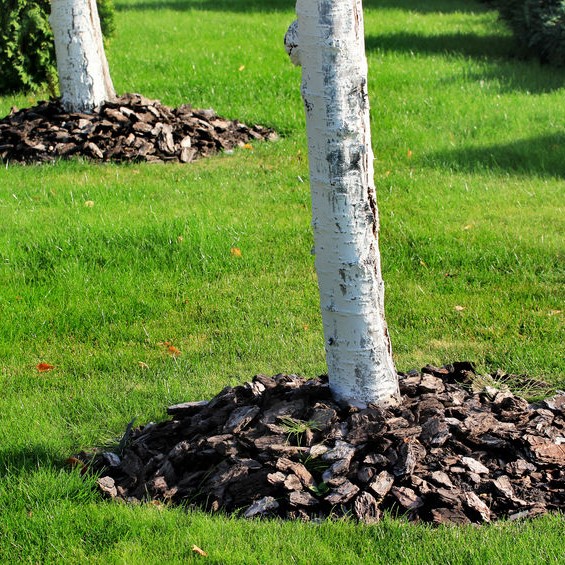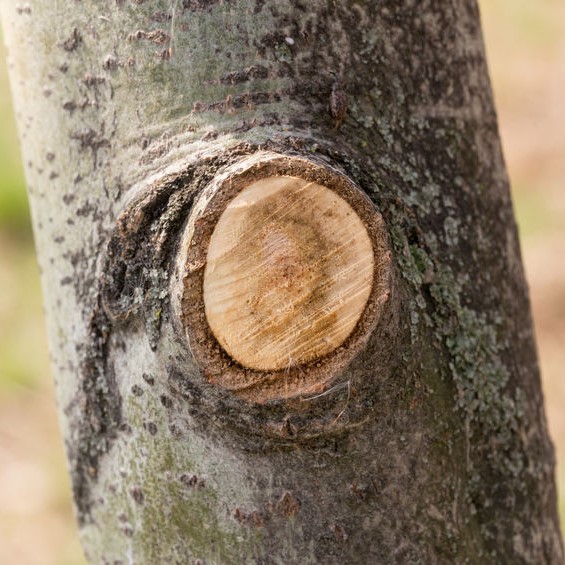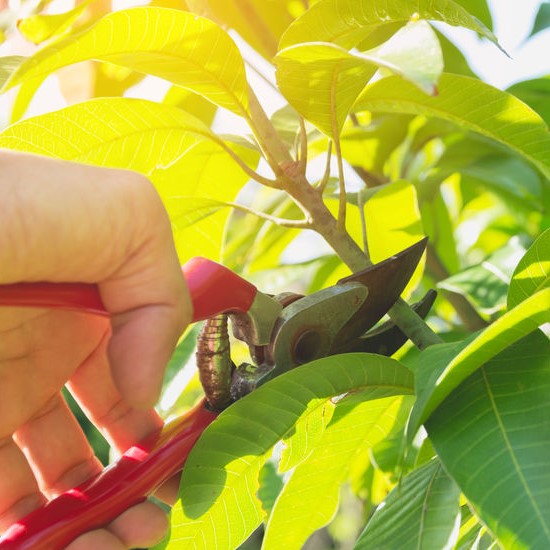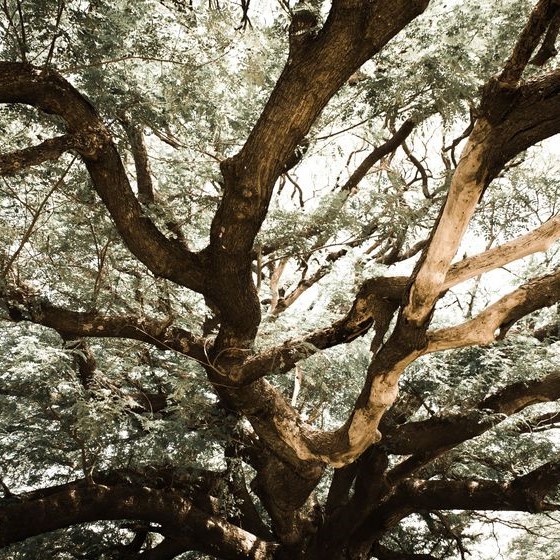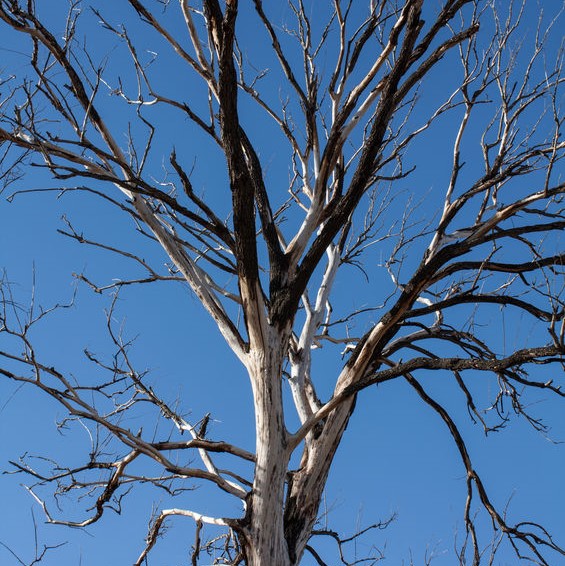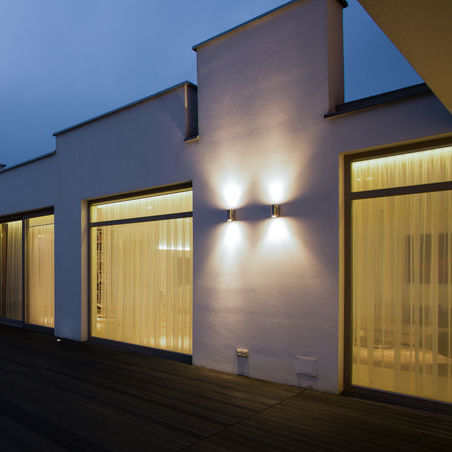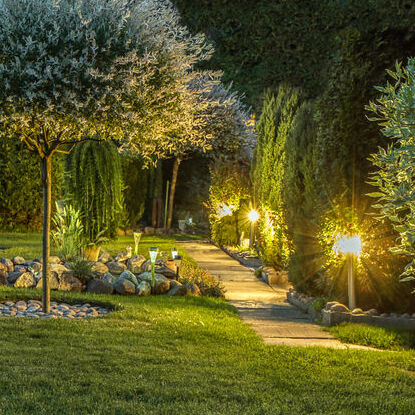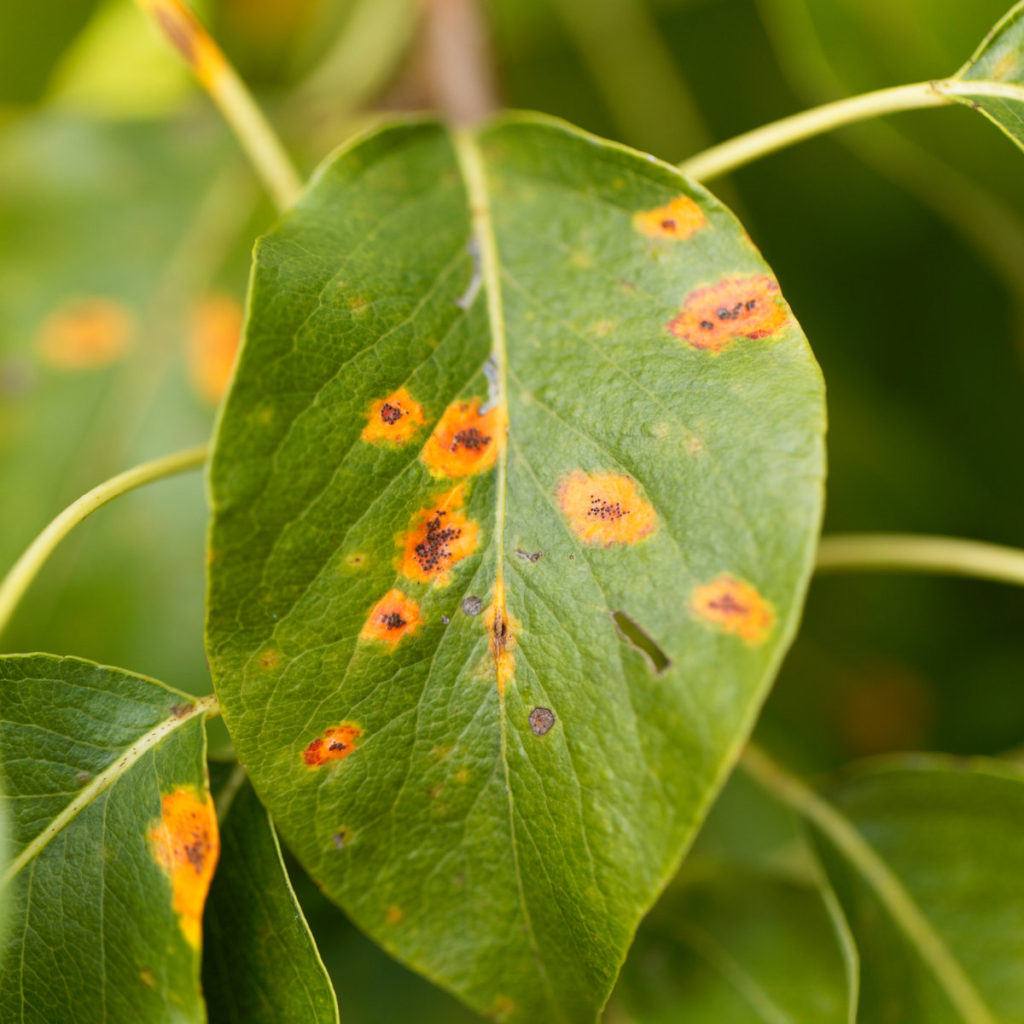
Watch Out For Tree Disease
Trees are a wonderful asset to a home or business property. They are often one of the things that attracted us to that property. So, when one is inflicted with any of the possible tree diseases, it can be devastating and disappointing. Fortunately, sometimes, trees can be saved, sometimes, they must be cut down, it all depends on which of the many tree diseases have affected the tree.
What are common tree diseases?
There are tree diseases everywhere, but each region of the country can have tree diseases particular to that region that other regions and states do not experience. In Texas, the four of the most common tree diseases are:
- Leaf Blight: This is one of the tree diseases that are virtually exclusive to a tree’s leaves, and more common among fruit-producing trees. The conditions of North Texas are prone to leaf blight because of the humid and rainy condition help it to spread with the high winds carrying it out and about. It is more frequent in the spring when the weather is particularly rainy and will grow quickly.
Leaf blight isn’t easy to distinguish, especially on younger plants and trees and can be mistaken as burn marks with the brown patches. This is a type of fungus that prevents the leaves from maximizing photosynthesis, leaving them in a feeble, frail, and weak status. Eventually, the leaves will turn brown, curl up, and die, but when the disease has spread too far, it can kill the entire tree.
- Oak Wilt: With all the tree diseases possible, this one has reached an epidemic in The Lone Star State. Exclusive to oak trees, a common tree in North Texas that is caused by an invasion of a parasitic fungus that disables the water-conducting system of the tree Essentially, the tree dies from lack of water. Al types of oak trees are susceptible to this tree disease, but it is higher among the red oak trees.
Oak wilt will appear in the leaves typically, causing the leaves to turn half brown and fall. If the oak tree has healthy green limbs but the leaves appear crunchy and appear to be dehydrated, it is likely a case of oak wilt tree disease. This is common during the fall and winter months.
- Powdery Mildew: A white mildew that resembles baby powder that is tiny fungal spores, millions of them, that are infecting the tree leaves. The tree’s vigor declines when affected by this powder disease, resulting in brown and yellow leaves, leaf distortion, and premature leaf dropping. This is one of the key indicators of oak tree disease as well.
- This mildew fungus will keep producing itself and is difficult to rid of once the initial outbreak and the wind carries the spores from tree to tree. Once the spores have been established, they will go dormant within the soil and return with renewed energy.
- Anthracnose: This is one of the tree diseases that target deciduous trees like ash, oak, and sycamore trees in North Texas. The brown patches have a similar appearance of leaf blight. However, Anthracnose creates holes along the leaf veins, creating what looks like Swiss cheese with the leaves. at times.
Like some of the other tree diseases listed here, it is a fungal disease that is especially a nasty disease for trees, often attacking the young twigs that are generally the most vulnerable. The tree can’t foliate because the buds and leaves that have developed will die too.
How do you identify a diseased tree?
Five of the most common ways to identify tree disease are:
- Noncontinuous bark with abnormalities like cracks and holes
- Decay from the inside out
- Branches that are dry and break easily
- Leaf discolored in season
- Poor architecture creating a leaning tree
What are the symptoms of tree disease?
There are several indications of tree disease, keeping in mind that insect infestation is a tree disease. The most common are the following ten listed here:
- Chewed Foliage
- If you notice tree leaves appear to be chewed on, like irregular and jagged edges or small holes, you have an insect issue.
- Distorted Foliage
- Aphids, a small, soft-bodied insect that multiplies fast and feeds on the tree sap with a piercing/sucking motion. The saliva these insects leave is deadly to a tree.
- Dull Stippled Foliage
Mites will cause foliage to become dry, stippled, and yellowed by sucking the juice from trees and plants.
- White Spots
An abundance of white spots on the branches, leaves, and twigs indicates an infestation of scale insects that are feeding off the fluid in the tree. These white spots are tiny white bugs that multiply quickly and spread.
- White Mass
White masses in trees are likely an insect colony, looking like mold, but they are sucking the fluid from your tree and often leave egg sacks that look like cotton.
- Bark Holes
Bark holes will usually have sawdust in and around them, a telltale sign that the tree is feeding wood-boring insects. As the insects’ hatch larvae, they drill their way into the tree, disrupting the vascular system of the tree, and stopping it from getting nutrients and water.
- Sticky Substances
A black, sooty, sticky substance coming from a tree is a type of mold. This is from various insets like aphids and whiteflies feeding on the sugary substance of the tree.
- Spotty Leaves
Tan and white spots are typical of an insect problem, but black, brown, orange, or yellow spots indicate fungal tree diseases that weaken the photosynthesis process of the tree, causing leaf loss. Some tree diseases are cosmetic issues, but some can cause major health issues.
- Yellow Foliage
A massive overall yellowing or a lack of vibrant color can be for any number of tree diseases.
- Leaf Growth Stunted
Again, any number of tree diseases can be indicated by common culprits indicated by sickly or small leaves.
How do you treat a sick tree?
As a homeowner, caring for the trees around your home is essential. When your trees are affected by any of the tree diseases, that care is even more essential. The following are six tips for that tree care:
- Never put weed fertilizer near the tree’s root zone.
- Quit any pesticide use.
- Be careful not to over-mulch around the tree.
- Hand trim any exposed tree roots instead of mowing them.
- If it hasn’t rained recently, be sure to water the trees.
- Use proper technique when pruning the trees.
What does tree blight look like?
Tree blight can have a different appearance based on which of the tree diseases has caused the blight. It is a detriment to a tree’s health. When unchecked and treated, it can lead to a need for the tree to be removed. Common tree diseases or tree blight are:
- Fire Blight: Appears as if the tree has been on fire with the blossoms, branches, leaves, and twigs turning a dark brown to black.
- Diplodia Blight: The tree suffers from stunted growth of new shoots and leaves the tree with brown needles.
- Dothistroma Blight: This is a foliar tree disease that affects trees of a pine variety, leaving brown needles.
- Anthracnose and Leaf Spot Diseases: These tree diseases have symptoms of dead areas or spots on the leaves.
- Maple Wilt: This tree disease includes brown-looking leaves and/or large dead branches.
- Chestnut Blight:
- Chestnut blight is caused by a fungus and is notorious for causing the American chestnut tree to become nearly extinct since it was discovered in the early 1900s. Arborists continue to work to restore chestnut tree populations, especially in Massachusetts.
- Dutch Elm Tree Disease: Indicated by the leaves in the tree’s outer crown turning yellow then wilt, turning brown afterward and leaves are strewn over the entire lawn.
- Sycamore Anthracnose: Another of the many tree diseases that are noted by extensive defoliation, new shoots die back, and twig death. Anthracnose is also a common maple tree disease as is verticillium wilt, maple tree tar spot, and others.
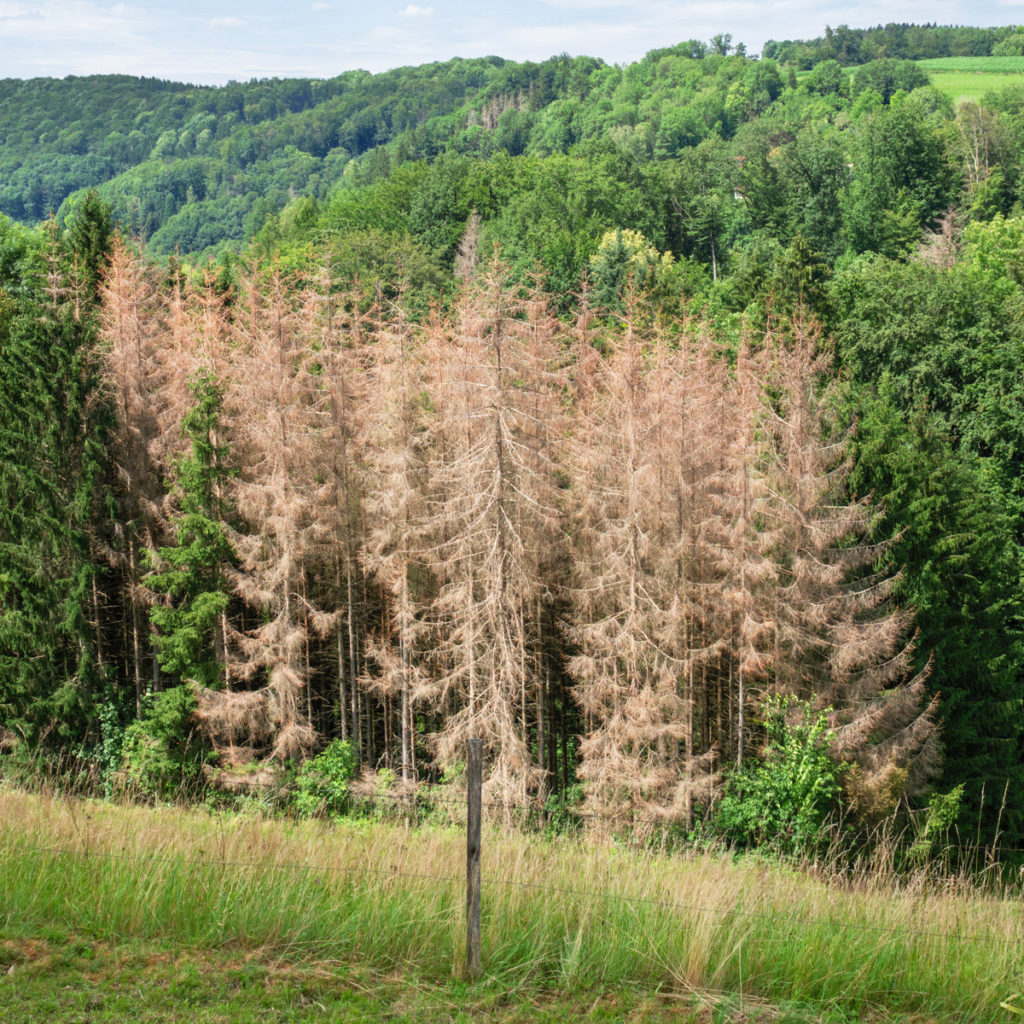
How to protect your trees from disease
You need to take care of your trees year-round like you do the rest of your home. Defend them from the various tree diseases and insect infestations we’ve covered here takes a commitment of diligence with the following:
- Good Grooming
Keep trees trimmed with regular pruning. This allows sunshine in and a healthy airflow. After each tree, clean the pruning shears with rubbing alcohol or a mixture of bleach and water to prevent any tree diseases from spreading.
- Healthy Hydration
Keeping branches healthy with proper watering will eliminate breakage. Broken branches are unattractive, unsafe and increase the chance of insect infestations and tree diseases.
- Wrap It Up
Tree wraps will protect your trees from the wild weather here in Texas. From the excessive heat to the high winds and the bitter cold. Spray fruit trees with a dormant oil just before buds start to appear will kill any insects, larvae, and eggs while protecting the delicate shoots and leaves.

